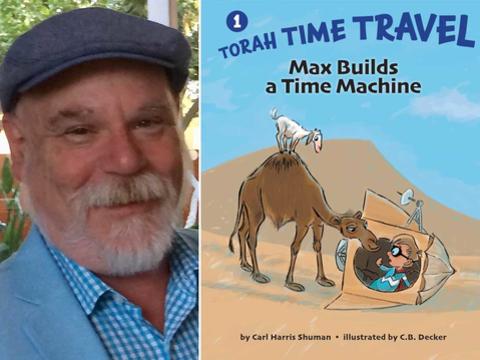The Early Days of Women's Suffrage, Archived

Quaker and Special Collections contains writings and works of early suffragist Julia Wilbur. Photo by Patrick Montero.
Details
Quaker and Special Collections possesses the writings of Julia Wilbur, a prominent abolitionist and suffragist during the 19th century.
It was not until 1920, with the passage of the 19th Amendment, that white women gained the right to vote in the United States. (Violence and restrictive measures would effectively block African American women in the South from voting for many more years.) But the fight for the vote had begun decades earlier, with events such as the 1848 Seneca Falls Convention helping to lead the way. In the 1869 diary pictured above, antislavery and women’s rights proponent Julia Wilbur pens a Jan. 19 entry about attending a “Woman’s Suffrage Convention” at which the speakers included Susan B. Anthony, Lucretia Mott, Clara Barton, and Elizabeth Cady Stanton. “Stanton closed in a speech that went to the heart of the people,” writes Wilbur. “Oh, she is a grand woman.”
A few months later, an entry for April 26 notes a dinner Wilbur attended along with several women—some Black and some white—and a few men, during which plans were made to try to register some of the women to vote. Later, their bold request to register would make news in both the National Republican and The New York Herald (although Wilbur doesn’t record that in her diary).
In another diary entry, Wilbur, then a resident of Washington, D.C., quotes the mayor of the city (whom she saw frequently) as saying that “asking to be registered would kill my chance for getting a place” in the U.S. Patent Office, where she had applied for a job. (She later became one of the first women to work there.)
Wilbur’s engagement with women’s rights efforts may have been inspired by her early experience as a teacher in the Rochester, N.Y., public school system. In her journals, she notes her frustration at the wage gap between male and female teachers. Her social consciousness also was sparked by her involvement with the Rochester Ladies’ Anti-Slavery Society, which eventually sent her to Alexandria, Va., where she was befriended by Harriet Jacobs, a formerly enslaved woman who worked with her to provide supplies and education to freed (or escaped) formerly enslaved people.
The College’s Julia Wilbur collection is composed primarily of her personal journals from 1844 to 1895. The materials were digitized as part of the In Her Own Right project, which contains items that illuminate the efforts of women to assert their rights and work for the rights of others in the century leading up to the ratification of the Nineteenth Amendment. The project was organized by the Philadelphia Area Consortium of Special Collections Libraries (PACSCL) and contains materials from at least 12 institutions. Visit inherownright.org to view the project.
—Eils Lotozo




